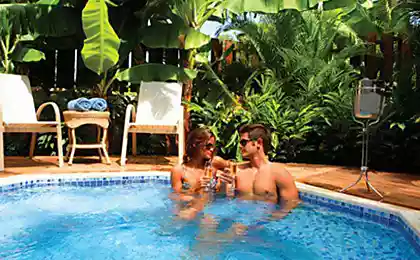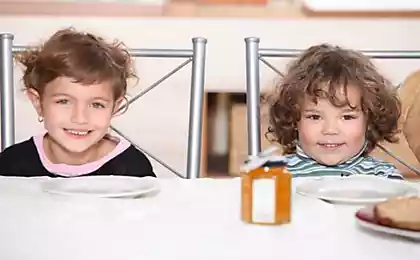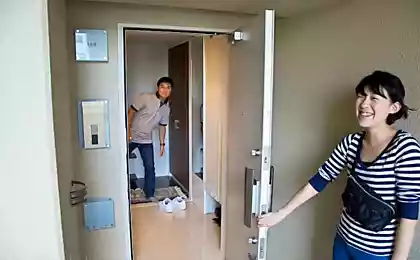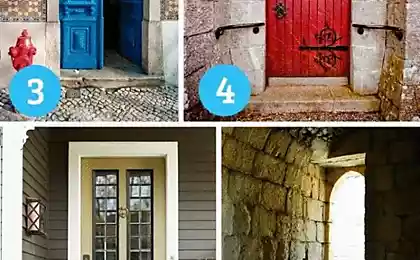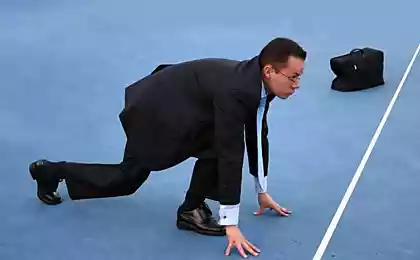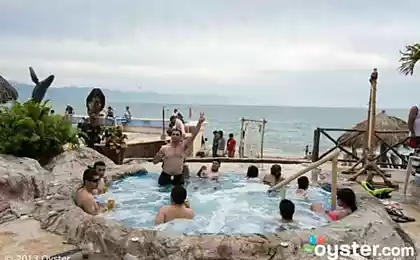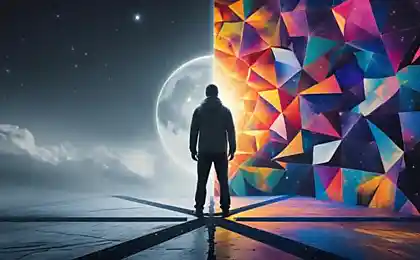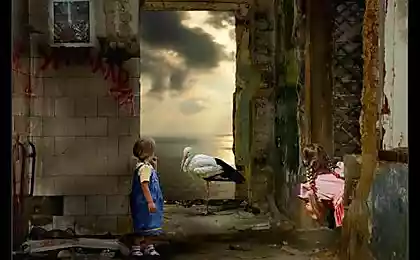505
The door to a parallel reality!
Will be 15 photos and some text
It seems not particularly remarkable building in Istanbul, however, it is not so simple!
Outside view

We go inside, make a few steps and ...
We see it here !!!
02.
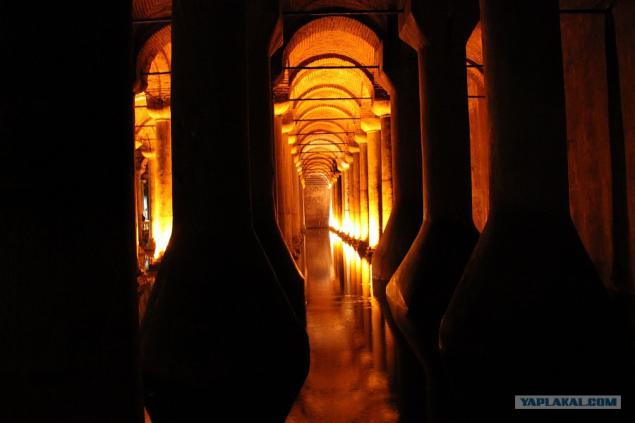
what it is? Reply 2 photos
03.

04.

and this is the Basilica Cistern (Gr. Βασιλική Κινστέρναı) - one of the largest and best preserved ancient underground reservoirs of Constantinople, has a superficial similarity to the palace complex. Located in the heart of historic Istanbul in the Sultanahmet district, across from Hagia Sophia.
"Tank" is translated from the Greek as "reservoir." Currently, under the Istanbul found more than 40 tanks. The Basilica was stored reserves of drinking water in case of drought or siege of the city, the water delivered by water mains and aqueducts (including for the largest aqueduct of Constantinople - Aqueduct of Valens) from the sources of the Belgrade Forest, located 19 kilometers north of the city.
05.

06.

07.

Construction of the tank was started by the Greeks during the reign of Emperor Constantine I (306-337 gg ..) and finished in the year 532 by the Emperor Justinian. The size of the underground facilities - 145 by 65 meters, capacity - 80 thousand cubic meters of water.
The vaulted ceiling of the tank support 336 columns (12 rows and 28 columns) 8-meter high columns stand at a distance of 4, 80 meters apart, the walls are made of refractory bricks with thickness of 4 meters and coated with a special waterproofing solution.
08.
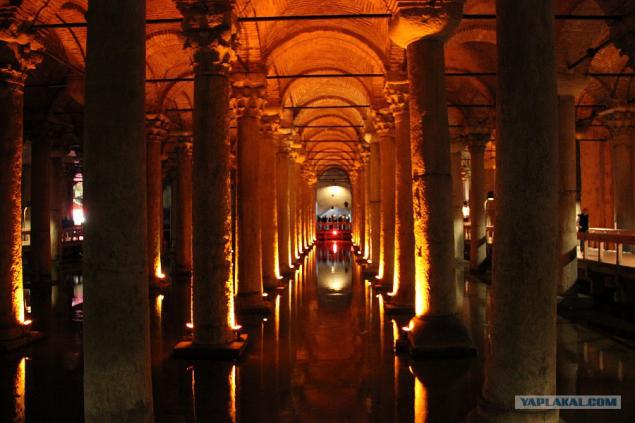
09.

10.

Most of the columns taken from ancient temples, so they differ from other varieties of marble and type of treatment, some of them consists of one, the other of the two parts, in two columns at the base of the head of Medusa (one of which is upside down, the other is turned on his side, presumably to ensure that no one was afraid to stone by looking into the eyes of this monster). It is not known where they were brought, and some ancient buildings formerly belonged ...
11.

12.

13.

14.

The tank was actively used until the XVI century, the reservoir was subsequently abandoned and badly polluted, and only in 1987 in purified tanks opened a museum.
so it will be sure to visit
Stambule-
Source ©
15. The last photo, thank you did not break the post

Source:
It seems not particularly remarkable building in Istanbul, however, it is not so simple!
Outside view

We go inside, make a few steps and ...
We see it here !!!
02.

what it is? Reply 2 photos
03.

04.

and this is the Basilica Cistern (Gr. Βασιλική Κινστέρναı) - one of the largest and best preserved ancient underground reservoirs of Constantinople, has a superficial similarity to the palace complex. Located in the heart of historic Istanbul in the Sultanahmet district, across from Hagia Sophia.
"Tank" is translated from the Greek as "reservoir." Currently, under the Istanbul found more than 40 tanks. The Basilica was stored reserves of drinking water in case of drought or siege of the city, the water delivered by water mains and aqueducts (including for the largest aqueduct of Constantinople - Aqueduct of Valens) from the sources of the Belgrade Forest, located 19 kilometers north of the city.
05.

06.

07.

Construction of the tank was started by the Greeks during the reign of Emperor Constantine I (306-337 gg ..) and finished in the year 532 by the Emperor Justinian. The size of the underground facilities - 145 by 65 meters, capacity - 80 thousand cubic meters of water.
The vaulted ceiling of the tank support 336 columns (12 rows and 28 columns) 8-meter high columns stand at a distance of 4, 80 meters apart, the walls are made of refractory bricks with thickness of 4 meters and coated with a special waterproofing solution.
08.

09.

10.

Most of the columns taken from ancient temples, so they differ from other varieties of marble and type of treatment, some of them consists of one, the other of the two parts, in two columns at the base of the head of Medusa (one of which is upside down, the other is turned on his side, presumably to ensure that no one was afraid to stone by looking into the eyes of this monster). It is not known where they were brought, and some ancient buildings formerly belonged ...
11.

12.

13.

14.

The tank was actively used until the XVI century, the reservoir was subsequently abandoned and badly polluted, and only in 1987 in purified tanks opened a museum.
so it will be sure to visit
Stambule-
Source ©
15. The last photo, thank you did not break the post

Source:

